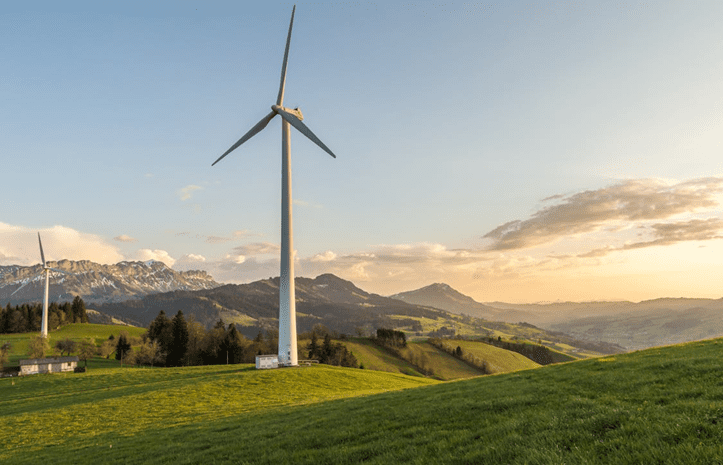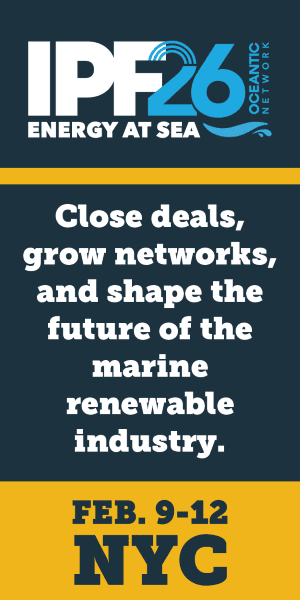Promotion of renewable energy practices brings our planet one step closer to a brighter and healthier future. Yet, for the transportation industry, this trend means new challenges linked to safe and fast transportation of oversized equipment, constructions, or their parts, like wind turbine components.
What does this mean for carriers, and what are the most effective ways to tackle these challenges? Find out below in this article.
Wind Turbine: What Is It for the Transportation Industry?
Transportation of wind turbines is a real engineering challenge. The reason for that is not only their size and weight but also the locations they are usually placed, like offshore, rural areas, mountain passes, and deserted fields. In addition, some of their components are quite delicate and can be seriously damaged if transported in an inadequate way.
Main Turbine Components Are:
- Blades (can be over 80 meters/260 feet long);
- Tower sections (often transported in several large cylinders);
- Nacelle (the box on top for the gearbox and generator).
Transport Hurdles for Wind Turbine Equipment
- Enormous Scale and Load
The size and weight of the major turbine parts make it impossible to transport them by regular trucks. Moreover, standard roads are not designed for the safe and comfortable transportation of oversized blades or tower sections. Specialized vehicles and smart route-planning can solve this issue, yet the risk of road accidents or blade damage is still incredibly high.
- Weather Conditions
Heavy haul trucking is always challenging. Yet, when it comes to carrying wind turbine equipment, it is especially hard. For example, blades can be up to 80 meters long and act like giant sails, catching side winds easily. Checking the weather forecast before planning each trip can be very helpful. In addition, each trucker dealing with wind turbine transportation shall be properly trained and instructed to handle unexpected weather changes or other hazards.
- Loading and Unloading RisksThe risk of damaging a wind turbine component is especially high during loading or unloading operations. The big weight and non-standard size of parts and equipment for turbines make them difficult to move. Despite the use of modern lifting machines like cranes and lifting frames, accidents happen. That’s why such a process shall involve well-trained engineers and operators.
- Managing Communication Across Multiple PartiesTransporting oversized, yet delicate parts needs careful planning and effective communication among all parties, including the turbine producer, transportation managers, engineers, drivers, etc. Working as a team is a crucial technique for secure transportation, when a misunderstanding or poor information exchange may cost millions.
- Adhering to Regulations
Laws that regulate the movement of cargo may differ among different states. It’s crucial to be aware of traffic regulations and monitor their changes when planning a transportation route. Careful attention to local permits can help carriers avoid fines, delays, and safety risks.
- Safety Challenges and SolutionsWhen transporting oversized turbine parts, safety risks are enormously high for everyone, including drivers, transported items, and other road participants. That’s why prioritizing safety is the priority task for the transportation industry. Starting from regular, carefully-controlled vehicle maintenance, ending up with implementing special monitoring software – transportation companies are using every tool to ensure full security during the trip.
Conclusion
Today, the transportation industry faces more and more challenges that require new, smart solutions and careful planning. Delivery of massive, oversized components like parts of wind turbines is one of those incredible tasks carriers have to deal with. While such transportation is associated with lots of risks and difficulties, it also stimulates the development of the industry, becoming an engine for innovations and smarter reorganization of major operations.
Headline image source Pexels.






